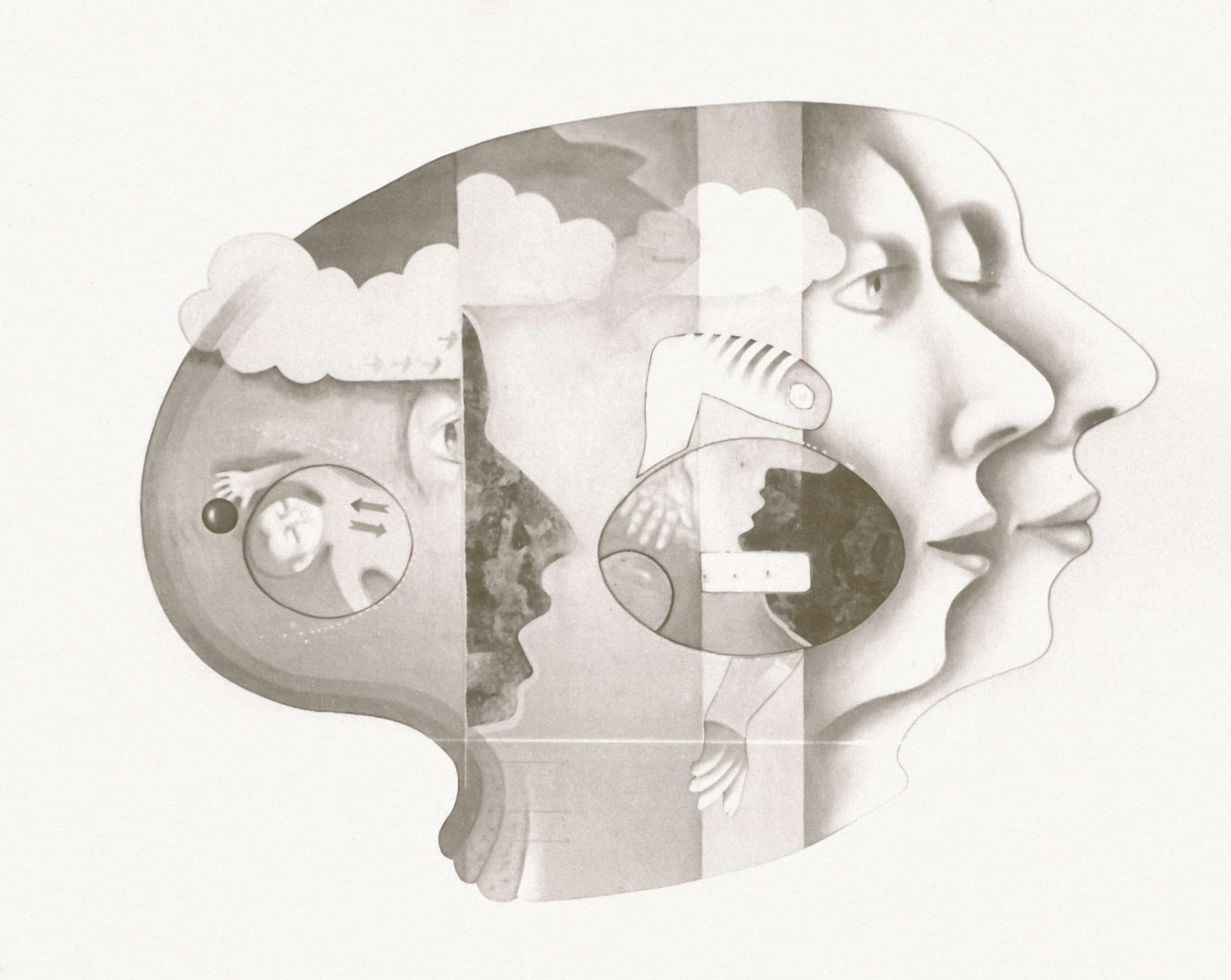
Human-AI Collaboration in Healthcare: Supporting, Not Supplanting, Clinicians
Human-AI Collaboration in Healthcare: Supporting, Not Supplanting, Clinicians
In healthcare, artificial intelligence is already amplifying the capabilities of medical professionals by offering diagnostic support, triage assistance, and treatment planning tools. For example, radiologists now use AI-enabled imaging platforms that highlight anomalies in X-rays or MRIs, helping to reduce oversight and speed up review processes. These systems, grounded in deep learning algorithms trained on thousands of annotated images, act as a second set of eyes rather than a replacement for clinical judgment. One study by the Mayo Clinic found that AI-assisted mammogram screenings detected breast cancer with higher accuracy when paired with a radiologist's review compared to either working alone1.
This collaborative model improves efficiency while maintaining a human-centered approach. Emergency departments are also seeing benefits from AI-powered triage tools that assess patient symptoms and vital signs to prioritize care. These systems rely on historical data, but it is the attending physician who makes the final call, often factoring in subtle nonverbal cues or patient histories that algorithms cannot fully interpret. By handling the pattern recognition and data synthesis, AI frees clinicians to focus on empathy, communication, and ethical decision-making—areas where human strengths remain irreplaceable2.
Education: Personalized Learning Through Adaptive AI Systems
In educational settings, artificial intelligence is reshaping how students engage with curriculum and how educators tailor instruction. Adaptive learning platforms, such as DreamBox or Carnegie Learning, adjust content delivery in real time based on a student’s pace, responses, and demonstrated understanding. These systems provide immediate feedback and redirect lessons as needed, allowing teachers to focus their attention on mentoring, motivation, and addressing complex learning barriers3.
Teachers are not being replaced but are instead gaining a more detailed view of each learner's progress. With AI handling the data analysis, educators can identify at-risk students earlier and adjust lesson plans accordingly. Importantly, emotional intelligence remains the teacher’s domain—navigating classroom dynamics, managing behavior, and inspiring a love for learning are responsibilities that algorithms cannot fulfill. When implemented thoughtfully, AI becomes a behind-the-scenes partner, enhancing the human capacity to teach rather than automating it away4.
Business Operations: Streamlining Workflows Without Sacrificing Human Oversight
In business environments, AI is increasingly embedded into workflow automation tools that optimize scheduling, inventory management, and customer service. Natural language processing systems are deployed in customer service chatbots that resolve common queries, allowing human agents to handle more nuanced or emotionally sensitive interactions. In finance departments, AI is used to flag anomalous transactions in real time, reducing fraud risk while enabling compliance officers to focus on interpretation and resolution5.
The value of human-AI collaboration in operations lies in precision and scale. Machines can process thousands of transactions or documents per second, but it is human judgment that ensures these processes align with organizational values and legal frameworks. For instance, AI tools used in hiring must be monitored continuously to ensure they do not reinforce bias—a task requiring professional discretion and ethical reasoning. Reframing productivity to include both machine efficiency and human adaptability allows organizations to operate with greater agility without losing their ethical compass6.
Human Strengths: Emotional Intelligence and Creativity in the AI Era
Despite AI's growing capabilities, emotional intelligence and creativity remain distinctly human strengths. Machines can analyze sentiment or replicate stylistic patterns, but they lack the context-awareness and moral intuition that guide human interaction. For example, in municipal planning meetings, an AI may transcribe or summarize discussions, but it cannot gauge the underlying concerns of residents or navigate political sensitivities. These are tasks that rely on empathy, listening, and the ability to read between the lines—skills that municipal leaders and public administrators must continue to cultivate7.
Creativity also thrives in the human domain. While AI can generate content or suggest design options, the spark of innovation often comes from unexpected connections that emerge from lived experience or cross-disciplinary thinking. In collaborative environments, AI can serve as a brainstorming assistant, offering data-driven inputs or analogies, but the final synthesis remains a human endeavor. Recognizing this division of labor allows organizations to deploy AI where it adds value while reinforcing the unique contributions of their workforce8.
Building Collaborative AI Systems: Practical Steps for Implementation
To fully benefit from human-AI collaboration, organizations must invest in AI literacy across all levels. This includes training staff not just to operate AI tools but to understand their limitations, interpret outputs critically, and integrate them into decision-making workflows. In municipal settings, this could mean workshops for planners on using predictive analytics for traffic modeling or for HR teams on leveraging AI in recruitment while maintaining equity standards9.
Equally important is the design of transparent interfaces that make AI outputs interpretable and actionable. Dashboards should show not just results but confidence levels, data sources, and anomalies. This transparency builds trust and enables users to make informed choices rather than blindly following algorithmic suggestions. Finally, organizations should redefine productivity to include outcomes generated through human-machine synergy. Performance metrics should reflect not only speed or volume but also the quality of decisions, stakeholder satisfaction, and the ethical use of data10.
Conclusion: The Path Forward for Municipal Leaders and Practitioners
As AI becomes more embedded in professional contexts, the imperative is not to compete with it but to collaborate with it. For municipal governments and public administrators, this means designing systems where AI augments human judgment, not replaces it. Whether it’s using predictive analytics to anticipate service demand or deploying chatbots to improve citizen engagement, the most effective strategies are those where people remain at the center of decision-making.
Building this future requires deliberate planning: investing in staff development, creating transparent systems, and aligning technology with public values. By focusing on what humans do best—empathizing, contextualizing, creating—we ensure that artificial intelligence becomes a tool for equity, efficiency, and innovation. The challenge is not whether AI will change our work, but how we choose to shape that change together.
Bibliography
Mayo Clinic. "Artificial Intelligence Enhances Breast Cancer Detection." Mayo Clinic News Network, 2020. https://newsnetwork.mayoclinic.org/discussion/artificial-intelligence-enhances-breast-cancer-detection/.
Topol, Eric J. *Deep Medicine: How Artificial Intelligence Can Make Healthcare Human Again*. New York: Basic Books, 2019.
Pane, John F., Elizabeth D. Steiner, Matthew D. Baird, and Laura S. Hamilton. *Informing Progress: Insights on Personalized Learning Implementation and Effects*. RAND Corporation, 2017. https://www.rand.org/pubs/research_reports/RR2042.html.
U.S. Department of Education. "Artificial Intelligence and the Future of Teaching and Learning." Office of Educational Technology, 2023. https://tech.ed.gov/files/2023/05/AI-and-the-Future-of-Teaching-and-Learning.pdf.
McKinsey & Company. *The State of AI in 2023: Generative AI’s Breakout Year*. McKinsey Global Survey, 2023. https://www.mckinsey.com/capabilities/quantumblack/our-insights/the-state-of-ai-in-2023-generative-ais-breakout-year.
Davenport, Thomas H., and Steven Miller. *Working with AI: Real Stories of Human-Machine Collaboration*. Cambridge, MA: MIT Press, 2022.
Goleman, Daniel. *Emotional Intelligence: Why It Can Matter More Than IQ*. New York: Bantam Books, 2006.
Kaufman, Scott Barry, and Carolyn Gregoire. *Wired to Create: Unraveling the Mysteries of the Creative Mind*. New York: Perigee Book, 2015.
OECD. *AI and the Future of Skills, Volume 1: Capabilities and Assessments*. OECD Publishing, 2021. https://doi.org/10.1787/5f8c5cb7-en.
World Economic Forum. *Human-Machine Collaboration: Preparing for Impact*. World Economic Forum White Paper, 2022. https://www.weforum.org/whitepapers/human-machine-collaboration-preparing-for-impact/.
More from 2 Topics
Explore related articles on similar topics





